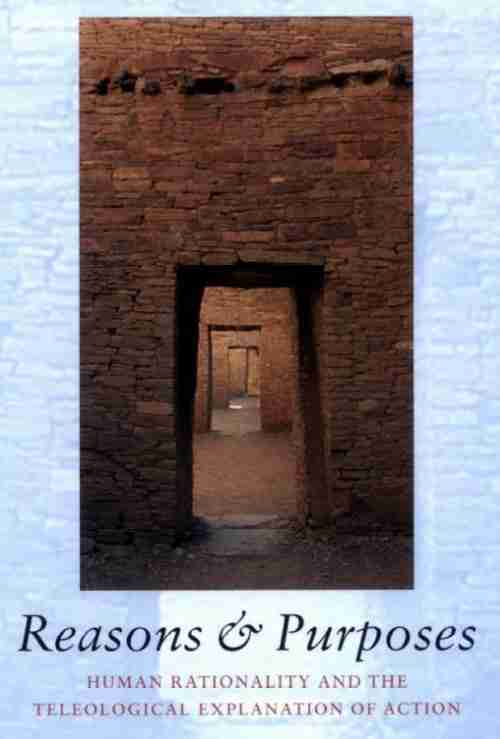
T o cherish what remains of the Earth and to foster its renewal is our only legitimate hope of survival.”
— Wendell Berry.
The Cincinnati Symphony Orchestra gave the premiere of Robert Johnson’s ‘PrairyErth’ last Friday night, conducted by Paavo Järvi. The program notes are here. The Cincinnati Enquirer review of the premiere is here.

- The 7-minute tone poem is for full orchestra, but the orchestration conveys an intimacy that is characteristic of chamber music.
- The spatial acoustic effects (antiphonal, for example of a rainstorm crossing the prairie) resemble effects achieved in fixed-media electroacoustic compositions.

- ‘PrairyErth’ expounds a Time to Every Purpose or, better, a Time to No Purpose At All. It documents the beauty that can be found in insignificance and the aesthetics that inheres in a lack of discernable purpose. Inadvertently or deliberately, the piece is a persuasive argument against Creationism or Intelligent Design. ‘PrairyErth’ is an essay on ‘belief-desire’ (a philosophical theory that holds that an act is purposeful insofar as the agent has a desire in combination with a belief about how to satisfy it) vs. the causality and explanatory power of intentions. It questions whether anything in Nature can ever be said to have anthropomorphic purposes underlying the tableau of natural events. According to Robert Johnson, Nature simply Is.
- Space defines what human subjectivity can be. This is ‘atmospherics-in-where’, the ‘qualities-of-what-when’: Situatedness, context-boundness of the ‘who’.
- Criteria of attentiveness provide the aesthetic rationale for all the changes that occur in the course of a composition. ‘PrairyErth’ captures and holds our attention, like a thunderstorm.
- Instead of vague, vaporescent impressionism as, say, in some of Debussy, there is a freshness and inspiration in Johnson’s writing. He elevates his subject out of obscurity and creates a clarity and memorability—the writing captivates; it has impact.
- This new composition by Johnson constitutes an intensive topographical exploration, much like the one popularized by author William Least Heat-Moon with his book ‘PrairyErth: A Deep Map’. So-called ‘deep map’ works take the form of engaged documentary, and Johnson’s follows in this tradition. There is no question of the cleverness of the music, and of the craftsmanly excellence of its construction. But I was pulled up short by its ending in just 7 minutes. No ‘deep map’ documentary should end so soon. More than this, the long-scale structures of prairie—the remnants of glaciers; the meteorological pace of prairie phenomena and ethos—deserve and require at least 20. At 7 minutes, we are just beginning to sync with the hypermeter that Johnson has set up. We feel disappointed and cheated for the piece to end at 7 minutes.
- Like William Least Heat-Moon’s ‘PrairyErth’, Johnson’s piece evokes angst—it portrays a deep existential unease. Our hold here is tenuous, vulnerable. Possibly, we don’t really ‘belong’ here at all. Any presumption to human ‘mastery’ over this primeval landscape is delusional. It will out-last us, out-last humankind. ‘PrairyErth’ is a dream foretelling humanity’s eventual, inevitable extinction.
I believe the common denominator of the Universe is not harmony, but chaos, hostility and murder.”
— Werner Herzog, ‘Grizzly Man’, 2006.
- Like William Least Heat-Moon in ‘PrairyErth’, Johnson is here a bricoleur of consummate skill who conjures surreal events and ambiguous textures. Heat-Moon writes of a feminist rancher in the Flint Hills of Chase County, Kansas; of a farm couple swept away by a tornado; of abolitionists who perversely wanted black slaves to be free but not equal. He meditates on fence posts, Indian arrowheads and the nesting habits of pack rats. Johnson’s collage likewise has a happenstantial feel, an ambivalent tonality that Johnson half-disavows. The development of Johnson’s themes is watercolorist-reportorial, as though he were a passive observer bearing witness to the power of Nature via Joan Foth-style ‘wet-in-wet’ brush technic.
- Nature is devoid of sympathy. The 7-minute scene has a reality far in excess of Johnson’s staged account. Sentimentalism is fatal, Johnson tells us.
T o make a prairie it takes a clover and one bee—
One clover, and a bee,
And reverie.
The reverie alone will do,
If bees are few.”
— Emily Dickinson.

- Bachelard G. Poetics of Space. Beacon, 1976.
- Blesser B, Salter L-R. Spaces Speak, Are You Listening?: Experiencing Aural Architecture. MIT, 2005.
- Davidson J. Phobic Geographies: The Phenomenology and Spatiality of Identity. Ashgate, 2003.
- Gelfand J. A season finale worth waiting for. Cincinnati Enquirer 03-MAY-2008.
- Least Heat-Moon W. PrairyErth (A Deep Map): An Epic History of the Tallgrass Prairie Country. Mariner, 1999.
- Reuter S. Narrating Social Order: Agoraphobia and the Politics of Classification. Univ Toronto, 2007.
- Riley M. Musical Listening in the German Enlightenment: Attention, Wonder and Astonishment. Ashgate, 2004.
- Schueler G. Reasons and Purposes: Human Rationality and the Teleological Explanation of Action. Oxford Univ, 2003.
- Shands K. Embracing Space: Spatial Metaphors in Feminist Discourse. Greenwood, 1999.

No comments:
Post a Comment